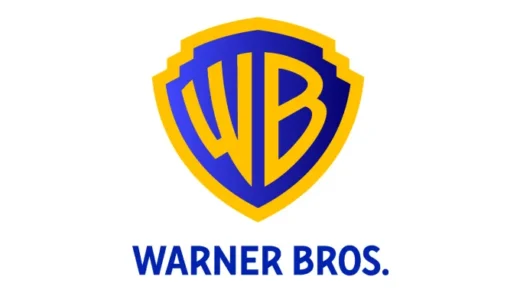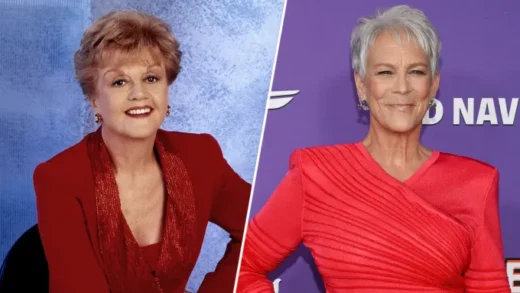A national election night is one of those rare opportunities when a television news operation can showcase its skills.
The television news channels have legacy resources of opinion pollsters and political analysts, of computer databases and graphic designers. They possess the institutional memory about how to receive complex, constantly changing information, and to package it for dissemination in real time. And they have a stable of high-priced talking heads to deliver the goods.
For all the disaggregation of the news in this digital age, television remains the default medium for citizens on Election Day when they need to find out who is next going to govern them.
So, there are two legitimate questions to ask when assessing each network’s performance at covering the midterm elections. First, and most important, did they deploy their resources, their institutional memory, and their talent to deliver accurate and timely reporting on the election’s developments? Second, did they showcase their journalistic skills to the best advantage in order to promote their reputation for other types of coverage?
After all, it was on election night in 2000 that NBC’s Tim Russert established himself as the dean of inside-the-Beltway journalism by predicting on his white board that Florida, Florida, Florida would be pivotal. It was on election night in 2008 that Fox News Channel’s Megyn Kelly established her reputation for fearlessness by walking Karl Rove down the corridor to disavow him of his delusions of Republican triumph.
I spent seven hours of channel surfing between three cable news channels (CNN, FNC, MSNBC) and the three broadcast networks (ABC, CBS, NBC) to answer those questions. (I also tried to sample Judy Woodruff’s coverage on PBS, but its delivery was at such a remarkably slow pace that my surfing fingers did not allow me to stay tuned.)
Of all the networks, CNN did the clearest job at showing off the four separate components of its journalistic toolbox: data delivery, field reporting, analysis, and opinion. John King at his map delivered data; remote camera crews at various campaign headquarters streamed video from the field; Jake Tapper tried to make sense of developments; and Anderson Cooper served as ringmaster to an unruly collection of political spinmeisters.
CNN’s division of labor is clear-cut. Unfortunately, it is not an apt fit for an election night’s flow of information, which starts as a trickle – as we wait for polls to close in major states and for results to be projected – and then suddenly turns into a torrent. King was assigned too much time initially to pore over minutiae, only to find that his detailed approach was too granular once the data became meaningful. CNN’s response was triage: it focused disproportionately on major state-level races with vulnerable incumbents — Ted Cruz, Bill Nelson, Claire McCaskill, for example — thereby giving the false impression that control of the Senate was more important than the House of Representatives. This false impression was compounded by the field reporting component of its coverage, since camera crews are assigned only to the most high-profile races, especially toward the end of the evening, when they document speeches of victory and concession.
Fox News delivered the same misguided impression of the centrality of the Senate contest — but for ideological rather than logistical reasons. Fox News dispensed with its announcement of a Democratic takeover of the House earlier in the evening than any other operation, presenting it as nothing more than a foregone conclusion, thus allowing itself to concentrate on the Senate, where Republicans not only avoided losses, but actually enjoyed turnovers. Its minimal coverage of House races allowed it to forego the data-heavy high-technology ultra-granular nerdy approach of CNN’s King. Neither did Fox News make CNN’s distinction between analysis and opinion. Instead, its single panel dived into a discussion of whether the positive Senate results could be attributed to Donald Trump or to Brett Kavanaugh.
CNN deployed Wolf Blitzer as its straight-man anchor to link its disparate components together, while Fox News deployed Bret Baier. At MSNBC the role was assigned to Brian Williams, but in a confusing way: visually Williams appeared as Rachel Maddow’s co-anchor, sitting next to her; yet functionally, she was the pundit to his straight man. MSNBC’s studio team began the evening stiffly. The third central component to MSNBC’s studio team was the shirt-sleeved Steve Kornacki at the high-tech wall. Yet, unlike CNN’s King, the torrent of data that surged in as the evening continued only energized Kornacki; and unlike Fox News, the Democrats’ seat-by-seat advance toward a House majority was pored over, and relished, in nerdy, granular detail.
The remarkable, and historic, development in the election coverage at all three of the broadcast networks was the relegation of their nightly news anchors. Not so long ago, the individual who occupied that chair was the automatic on-air leader of the entire news division. Not now. At CBS, Jeff Glor was assigned to interacting with his network’s nerds, polling director Anthony Salvanto and Congressional correspondents Nancy Cordes and Ed O’Keefe (who contributed a wry humor to the night’s proceedings). At NBC, Lester Holt was positioned next to morning anchor Savannah Guthrie. At ABC, David Muir provided human-interest color and exit-poll factoids for George Stephanopoulos.
CBS settled on a roundtable staffed by its morning show personnel to present its coverage: lead anchor Norah O’Donnell and political analyst John Dickerson, with Gayle King and Bianna Golodryga. Presumably, the roundtable was intended to convey a mood of intimate rapport. Instead, it merely appeared threadbare.
NBC had Chuck Todd in the role of political analyst, a third seat at the anchor table, but also filling in as data nerd. Thus, in CNN’s terms, half Jake Tapper, half John King. While NBC’s central core of anchors was as intimate as that at CBS, it worked better to deliver the night’s information precisely because of Todd’s oversized contribution – even though he was presented as being in third position rather than as central.
ABC showcased its coverage using the opposite method from CNN. Instead of separating each of its journalistic duties in separate locations with separate anchors, ABC assembled its entire operation into a single giant circular bench. There was a high table for David Muir and his senior correspondents; data nerd Tom Llamas was at the map wall; one segment of benches contained political analysts; another the pundits and spinmeisters. Supervising them all was George Stephanopoulos, both a weekday morning anchor like Guthrie or O’Donnell, and a Sunday morning anchor like Todd or Tapper.
Stephanopoulos showed off his political chops by knowing all the races inside out. He showed off his analytic judgment by balancing House and Senate and Governors’ races properly. He showed off his live television anchoring skills by eliciting short on-point comments from anyone on his giant bench, but never allowing the rambling self-promotion or petulant slanging matches that are the feature of Cooper’s circus on CNN.
The midterms of 2018 might be claimed by Donald Trump for his Senate support or by Nancy Pelosi for her regained House — but on television they were Stephanopoulos’ night.
(Excerpt) Read more in: The Hollywood Reporter




